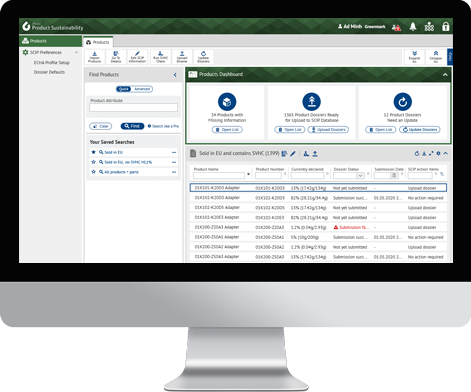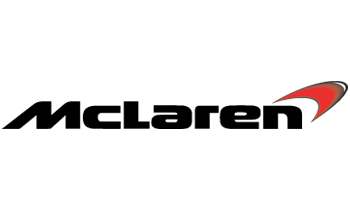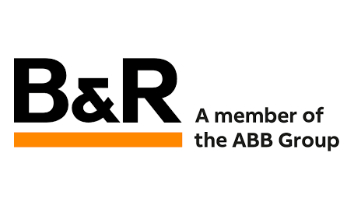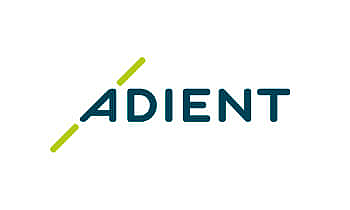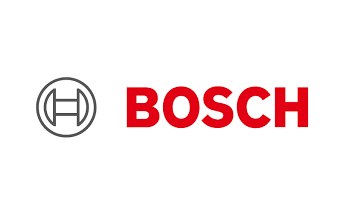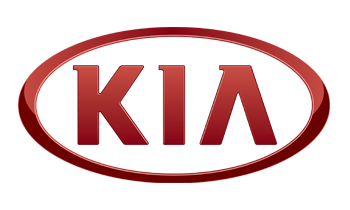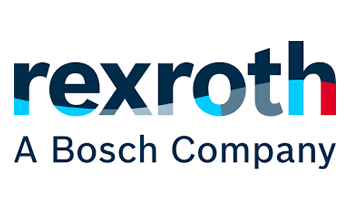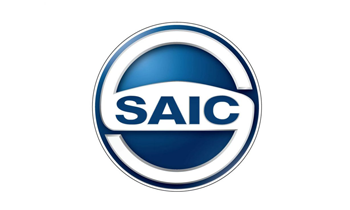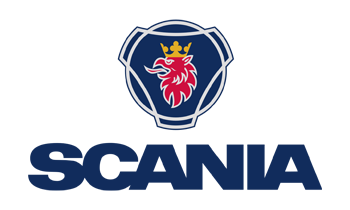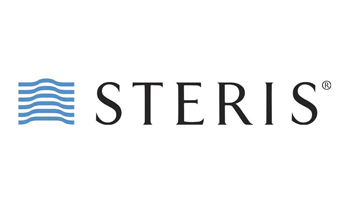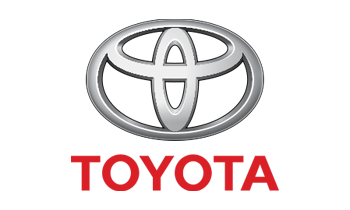Our Carbon Footprint Solution
Our carbon footprint solution enables you to identify hot spots and to derive measures to reduce your greenhouse gas emissions. Achieve your sustainability goals by determining and cutting the climate impact of your product.
More than ever, protecting the climate has taken center stage in the public's mind. Companies focus not only on cost savings but also on their contribution to a sustainable and liveable future - two goals that often go hand in hand. So carbon transparency and disclosure is increasingly becoming the focus of today's companies.
Collect and combine the relevant data
Our Life Cycle Assessment software collects and combines the relevant data from the supplier network and internal production as well as data from the use phase and recycling and reuse objectives. That way companies get an overview of potential environmental risks and improvements.
Data as a key factor to a comprehensive analysis.
Since the carbon footprint must be analyzed over the entire product life cycle, data collection represents an enormous effort. Our solutions support you step by step gathering the relevant data, e.g. by providing global warming potential factors (GWP) for upstream processes such as raw materials extraction.

Benefits
Features
Functionalities
Discover the iPoint Suite
Carbon Footprints automatically created with IMDS-Data
iPoint Product Sustainability Automotive is our newest solution for Product Sustainability within the automotive industry!


Watch our Video Case Studies
Case Study Xylem
iPoint Product Sustainability
Watch the video with Stephanie A. Smith, Director Global Product Sustainability at Xylem, and discover how manufacturers can drive environmentally sound product adoption by combining LCA and configuration solutions, and get insights on sustainable products from a manufacturer's perspective.
Case Study Logitech
iPoint Product Sustainability
Watch the video with Robert O’Mahony, Head of Sustainability, Global Operations at Logitech who will give insights why his company is going for Product Carbon Transparency supported by our software iPoint Product Sustainability.

Understanding Your Product Carbon Footprint
iPoint Product Sustainability
Watch the video and learn how Logitech is going for Product Carbon Transparency supported by our software iPoint Product Sustainability.
What is a (Product & Corporate) Carbon Footprint?
The Product Carbon Footprint (PCF) is the most known method for analyzing the climate impact of a product. During the entire life cycle of a product – from raw material extraction to disposal – climate-relevant greenhouse gases are emitted. A carbon footprint supports you in identifying and analyzing these impacts, in order to reduce or avoid greenhouse gas emissions.
Additionally, there is the Corporate Carbon Footprint (CCF), focusing on the climate impact of the entire company.
PCF & CCF accounting is voluntary, but is carried out according to recognized international standards, such as the Greenhouse Gas Protocol (GGP), which also forms the basis of ISO standard 14067 (Environmental Management - Measurement, Reporting and Verification of Greenhouse Gas Emissions).
CDP – started as Carbon Disclosure Project
CDP is a non-profit organization founded in London in 2000 as The Carbon Disclosure Project with the aim of encouraging companies and local authorities to publish their Greenhouse Gas Emissions. Today also other environmental data, beyond greenhouse gas emissions, such as water consumption, or forest cultivation is collected and analyzed by CDP. Once a year, the CDP requests companies and their suppliers on behalf of investors to report on their CO2 emissions, climate risks, reduction targets and strategies of companies using CDPs standardized questionnaires. The CDP manages what is now the world's largest database on corporate carbon disclosure.
BASF's Product Carbon Footprint Methodology
BASF has developed its own digital method for companies in the chemical and process industry to calculate and monitor product-related carbon footprints (PCF) based on primary data and to optimise them in the long term.
iPoint-systems serves as a software partner to make this digital solution for PCFs available to the industry.
TÜV certified and ISO compliant
TÜV Rheinland has certified that BASF's method for calculating the carbon footprint of products complies with the relevant international standards, such as ISO 14067 and the Greenhouse Gas Protocol.
From cradle-to-gate to cradle-to-grave
The platform allows the use of secondary data from LCA databases as well as supplier-specific primary data. In the process, the results are presented in a declared unit of "1 kg product unpackaged, at the factory gate". Additional life cycle phases - packaging, transport, use phase and disposal - can be added, extending the solution to a full cradle-to-grave scope.
Considering the "internal supply chain"
Companies from the process industry often produce their own raw materials for further production. Since the data on these internally produced materials is usually already available in digital form, this enables an automated calculation of a large number of product carbon footprints.
From PCF to CCF
By assessing the entire product portfolio in terms of carbon emissions, the basis for the transparent and consistent calculation of the corporate carbon footprint is created in the same step.
For more information, see our blog article > iPoint and BASF collaborate on Product Carbon Footprint (PCF) calculation



